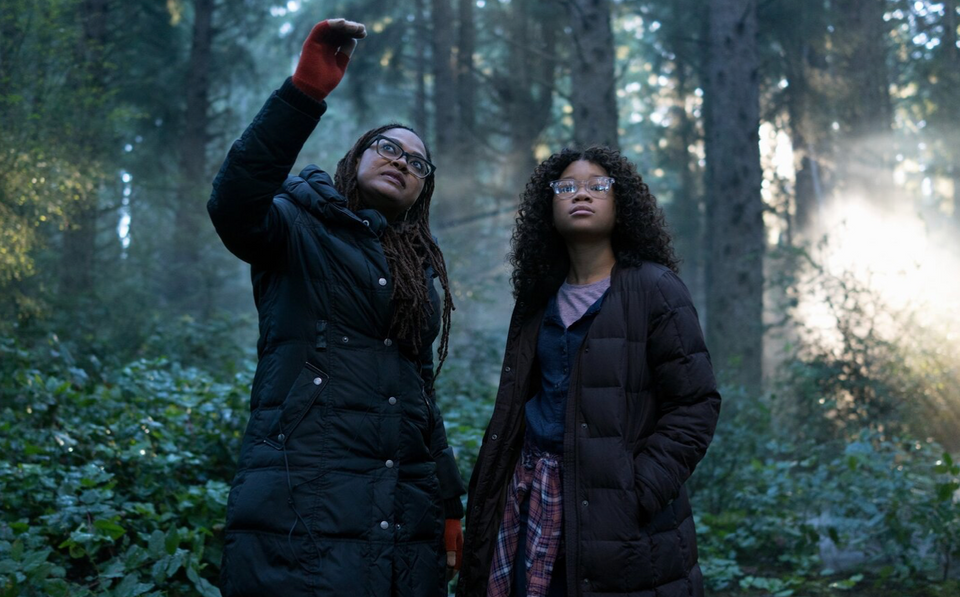A lot of people have tried to solve the mystery of how Orson Welles made the best movie ever on his first try* with Citizen Kane in 1941, then stumbled through a career of disappointing movies, bad makeup, and YouTube-famous wine commercials.
Among Welles’s researchers and admirers during the last act of his life was Henry Jaglom. From 1983 to his death in 1985, Welles and Jaglom regularly had lunch together at Ma Maison in Beverly Hills. Thanks to Jaglom’s boldness and Welles’s interest in talking about everything under the sun, Welles agreed to have their conversations tape recorded. Peter Biskind, known for his books on the “New Hollywood” of the 1970s, a movement which included Jaglom, edited transcriptions of the conversations, the result of which is My Lunches with Orson, a new book through Metropolitan Books.
Welles fans wanting to measure the feverish activity of his mind should read these conversations. Welles has opinions about everything: Charlie Chaplin and a brief history of clowns, that Carole Lombard’s plane was actually shot down by Nazis, the role of the presidency from Eisenhower to Reagan, why Russians are actually less emotional than Germans. His ability to take a subject and weave a provocative theory out of it is pure entertainment. And entertainment is what this book—and what Welles in his later years—provides.
What it doesn’t provide are answers to the questions so persistently put to him regarding why Kane was great and why The Magnificent Ambersons was cut, for example. Rather than try to decode Welles’s opinions as a way to unlock the secrets of his legendary success at age 26, My Lunches with Orson gives us an entertainer, a man who held forth.
In this way, Welles reminded me of the late Christopher Hitchens: the professional talker. Welles takes a familiar topic and improvises on it until you have something else, something foreign and strange. He’s like a freak debate student instructed to take the opposite position and defend it without being allowed to do any research. Welles even has the requisite anecdotes. He quotes G.K. Chesterton, reminisces about meeting Mussolini, and explains that Humphrey Bogart was actually a second-rate actor. As such, there’s no rhyme or reason to a lot of his opinions; his categories are arbitrary and sometimes helpful. For example, he draws a dramatic distinction between stars and actors. “What is indelible is the quality of stardom. And whether it’s acting or not is a useless argument. Because the star thing is a different animal. It breaks all the rules.”
Having made his last complete film in 1973, F for Fake, Welles spent the final 12 years of his life making frequent appearances on talk shows including the Merv Griffin Show and the Dick Cavett Show, as well as making commercials to fund movies he was never able to finish. His disappointment throughout the conversations is clear and it’s more than just Hollywood irony that he was his own biggest obstacle. By the early 1980s, Welles didn’t have much to hope for. “I don’t dare believe it–you know what it’s like. The world is too full of disappointments to celebrate these things until they happen,” he said about two late scripts with which Jaglom was helping him shop around to producers.
One script was for Shakespeare’s King Lear, one of Welles’s lifelong passions. The other was a script based on two short stories by Isak Dinesen called The Dreamers. Jaglom admitted later that Welles’s chances of anybody working with him were slim. “I was hustling me and him, and hopefully them, into a self-fulfilling prophecy. I told him deals were done, all that was needed was for so and so to fly in and confirm them, when it wasn’t true,” Jaglom shared via email last summer in 2012, according to Biskind. Even so, Jaglom made the most of his rare opportunity to ask good questions and to befriend a damaged old man.
Jaglom’s interest in Welles was genuine. As Biskind points out in his own interview on The New York Times Book Review podcast, Welles became a hero of the new generation of filmmakers in the early 1970s. Director-actor-producers including Warren Beatty, Dennis Hopper, and Jack Nicholson opposed the studio system and looked to Welles as a true auteur, something in plentiful supply in the 1960s in France and Italy. Jaglom even cast Welles in the first movie he directed–A Safe Place.
The book, at times, reads like a play. Zsa Zsa Gabor and Jack Lemon make cameos as they pass through the restaurant. Richard Burton tries to say hello only to get the bum’s rush from Welles. In fact, Welles comes across more embittered and brusque in these transcriptions than he did in any videotaped interview. His twinkle and charm don’t translate to the printed page and maybe that’s an accurate picture of where he was toward the end of his stormy life. He seems profoundly alone.
“I fear they’ll never come through. They all want to have dinner with me, but when it comes time to fork over the money, they disappear. It’s always the same thing–I’m unmanageable, I walk away from films before they’re finished, et cetera,” Welles said in imitation of his detractors. Lunches is an entertaining book, but if it’s secrets someone is looking for, not even Jaglom got them out of Welles after having lunch for three years.
*The New York Times reported in July 2013 that Too Much Johnson, an unedited 40-minute film of his from 1938 thought to be lost, was just discovered in Italy. Plans for an October screening of the film are in the works.




